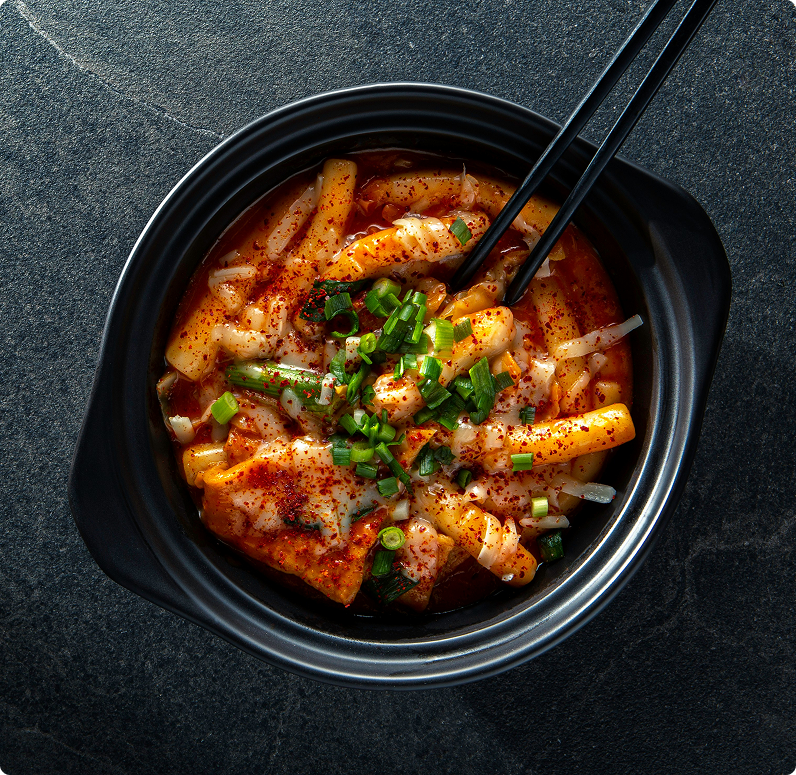In addition to lead, some ceramic glazes may contain cadmium, a heavy metal linked to cancer and organ damage.
Plastic components:
Plastic parts that come into contact with food might not be BPA-free, especially if they’re older models. BPA and similar chemicals, like BPS, can mimic hormones and disrupt endocrine function.
But there’s good news: plenty of non-toxic options exist—you just need to know what to look for.
What to Look for in a Non-Toxic Slow Cooker
When shopping for a slow cooker, keep these tips in mind to ensure your meals are as clean and healthy as possible:
1. Ceramic Over Metal
Many slow cookers have ceramic inserts, and this is a good thing! Ceramic is naturally non-reactive, meaning it won’t leach harmful substances into your food. However, not all ceramic is created equal. Check if the brand explicitly states their ceramics are free from lead and cadmium. Look for certifications like “California Proposition 65 Compliant,” which ensures the product meets strict safety standards.
2. Avoid Non-Stick Coatings
As tempting as an easy-clean surface may sound, non-stick coatings can be a chemical minefield. Opt for slow cookers without non-stick coatings. Trust us, a little elbow grease during cleanup is a small price to pay for peace of mind.
3. Glass Lids for the Win
Plastic lids might warp, crack, or worse, release toxins when heated. Glass lids, on the other hand, are durable, toxin-free, and let you peek at your masterpiece without lifting the lid (because we all know the cardinal rule of slow cooking: don’t. touch. the lid).
4. Stainless Steel Components
If you’re eyeing a slow cooker with a metal insert, make sure it’s stainless steel. It’s sturdy, easy to clean, and free of harmful coatings or metals that can leach into your food.
5. BPA-Free Plastic (If Any)
For slow cookers with plastic components, such as handles or bases, ensure they’re BPA-free. Better yet, stick with brands that minimize plastic use altogether.
Caring for Your Non-Toxic Slow Cooker
Once you’ve found your dream slow cooker, show it some love! Proper care can extend its life and keep it safe:
Avoid metal utensils:
Use silicone or wooden tools to prevent scratching ceramic or stainless steel surfaces.
No harsh scrubbing:
For tough stains, soak the insert in warm, soapy water instead of going at it with a scouring pad.
Inspect regularly:
If you see chips, cracks, or scratches in the insert, it’s time to replace it. These imperfections can become hotspots for bacteria or expose harmful materials.
What About Cast Iron Dutch Ovens?
If you’re looking for an alternative to a traditional slow cooker, a cast iron Dutch oven might just be your new best friend. These heavy-duty pots are perfect for slow cooking and have been a staple in kitchens for centuries.
Non-Toxicity:
Cast iron is naturally non-toxic, and when coated with enamel, it offers a non-reactive surface similar to ceramic. Make sure your enamel-coated Dutch oven is free from lead and cadmium.
Versatility:
Unlike electric slow cookers, Dutch ovens can be used on the stovetop, in the oven, or even over an open flame. This makes them incredibly versatile for a variety of cooking methods.
Heat Distribution:
Cast iron retains and distributes heat evenly, which is perfect for slow cooking stews, soups, and braises.
Durability:
With proper care, a cast iron Dutch oven can last a lifetime (or longer!). No scratched coatings to worry about here.
Drawbacks:
The main downside is that they require a bit more attention than an electric slow cooker. You’ll need to manually adjust the heat on your stovetop or oven, and you can’t just set it and forget it.
If you already own a Dutch oven, give it a try for your next slow-cooked meal. It’s a fantastic option for those who prefer to avoid electric appliances or want complete control over their cooking process.
The Bottom Line
By choosing a non-toxic slow cooker (or Dutch oven!), you can enjoy your favorite stews, soups, and chilis without a side of unwanted chemicals. It’s a small step toward a healthier lifestyle—and honestly, who doesn’t love an excuse to upgrade their kitchen gadgets?

